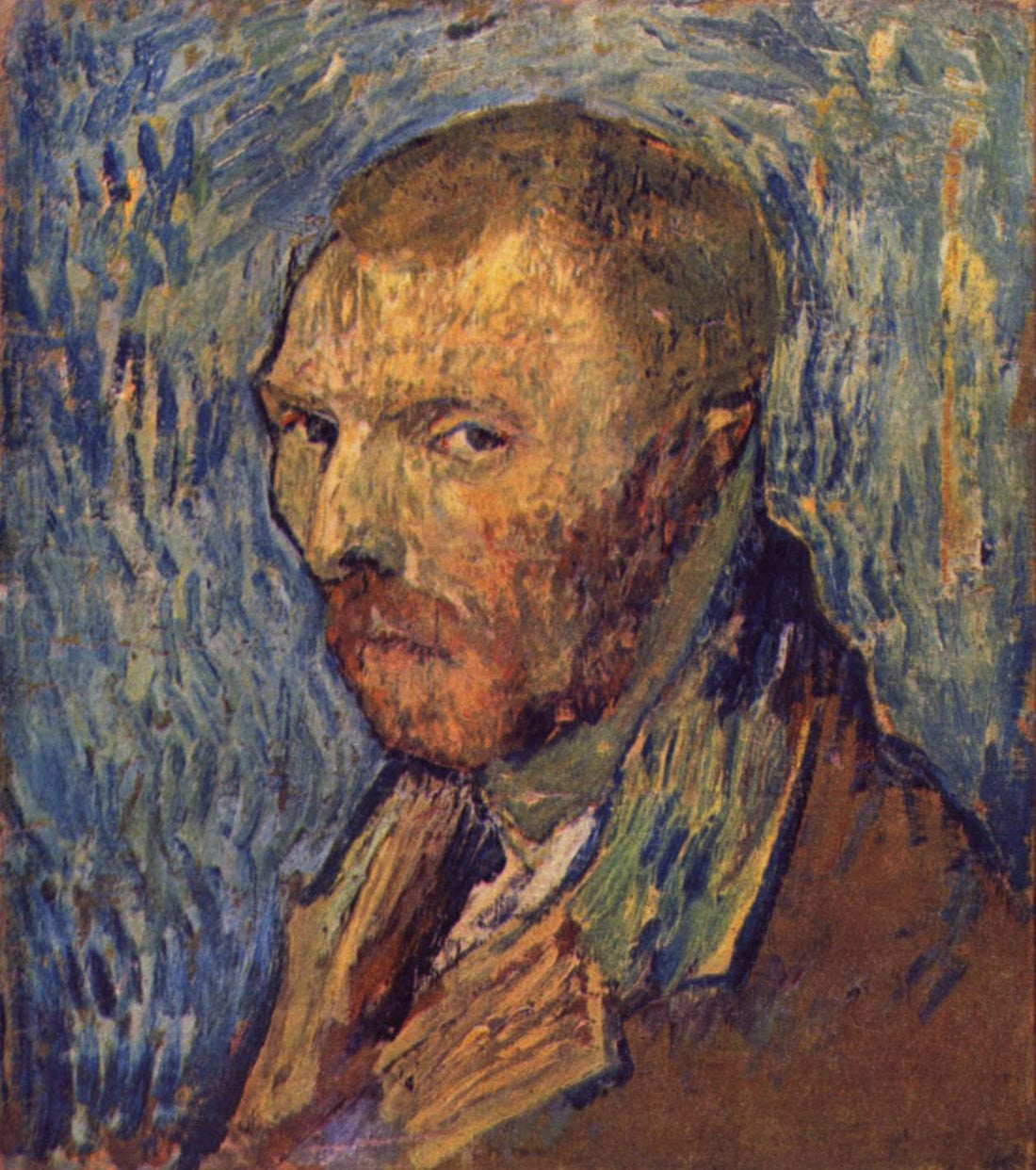
Van Gogh and Mental Health: Art as an Emotional Outlet
Introduction
Long before “mental health” became a cultural conversation, Van Gogh lived it—intensely and publicly. He experienced breakdowns, depression, psychotic episodes, and was institutionalized multiple times. And yet, during these periods of suffering, he painted some of the most beautiful and moving works in Western art.
Was art his escape—or his salvation?

Diagnoses (Retrospectively Considered)
Scholars and doctors have speculated that Van Gogh may have suffered from:
- Bipolar disorder
- Schizoaffective disorder
- Temporal lobe epilepsy
- Lead poisoning (from paint)
- Syphilis or alcohol-related psychosis
Whatever the diagnosis, his emotional volatility is well documented in both letters and behavior.
Asylum in Saint-Rémy
In 1889, Van Gogh voluntarily entered the Saint-Paul asylum. He painted:
The Starry Night

Irises

Wheatfield with Cypresses

“I have a terrible need of—shall I say the word?—religion. Then I go out and paint the stars.”

Art became his form of spiritual survival.
His Art Reflects His Mind
- Swirling skies = inner chaos
- Isolated figures = loneliness
- Explosive colors = emotional states
Painting allowed him to externalize pain in a way words never could.
Conclusion
Van Gogh didn’t just live with mental illness—he transformed it into timeless beauty. His art is a testament to the healing (and haunting) power of creativity. He reminds us that the most tormented minds can also be the most brilliant.
